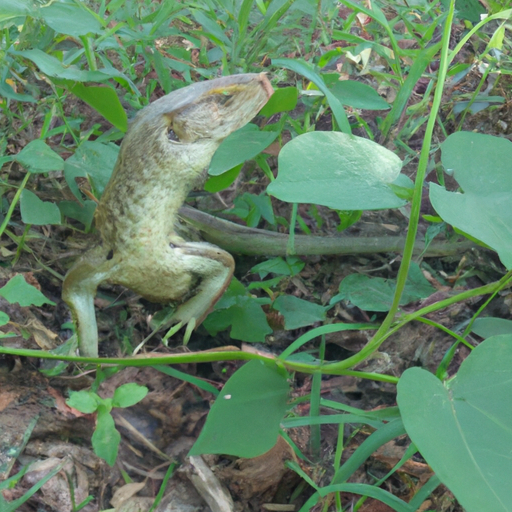 Introduction:
Introduction:
Animals are an essential part of our planet’s biodiversity, displaying an astounding range of adaptations and behaviors. The diverse array of habitats around the world has shaped the evolution and distribution of these incredible creatures. In this extensive article, we embark on a journey across continents, exploring the native habitats of various animal species. From the dense rainforests of South America to the remote Arctic tundras, we will delve into the details of where animals are truly native.
1. North America:
1.1. United States:
1.1.1. Eastern Coastal Plains: This region is home to various animal species, including the American alligator, white-tailed deer, and the endangered red wolf.
1.1.2. Great Plains: Bison, prairie dogs, and black-footed ferrets are native to this vast grassland region.
1.1.3. Rocky Mountains: Grizzly bears, mountain lions, and elk are among the iconic species found in this rugged mountainous habitat.
1.1.4. Pacific Northwest: Grey wolves, bald eagles, and salmon thrive in this region’s diverse ecosystems.
1.1.5. Alaska: Caribou, polar bears, and Arctic foxes inhabit the extreme northern wilderness of Alaska.
1.2. Canada:
1.2.1. Boreal Forest: The boreal forest is a vast expanse of coniferous trees and wetlands, providing a home for animals like moose, wolves, and beavers.
1.2.2. Canadian Rockies: Mountain goats, bighorn sheep, and black bears are native to this stunning mountain range.
2. South America:
2.1. Amazon Rainforest: The Amazon rainforest, known for its unparalleled biodiversity, shelters countless animal species like jaguars, anacondas, and scarlet macaws.
2.2. Andes Mountains: Spectacled bears, vicuñas, and Andean condors are found in this diverse mountain habitat.
2.3. Patagonia: Home to guanacos, pumas, and Magellanic penguins, this area is characterized by vast grasslands and coastal regions.
3. Europe:
3.1. Scandinavian Peninsula: This region is home to reindeer, European brown bears, and wolverines.
3.2. British Isles: Red deer, Scottish wildcats, and puffins are among the unique species native to these islands.
3.3. Alpine Region: Ibex, chamois, and golden eagles thrive in the rugged terrain of the European Alps.
4. Africa:
4.1. Serengeti: Known for its annual wildebeest migration, this vast savannah is home to lions, elephants, and giraffes.
4.2. Congo Basin: Gorillas, bonobos, and forest elephants inhabit the dense rainforests of the Congo Basin.
4.3. Kalahari Desert: Meerkats, African elephants, and Kalahari lions are adapted to the harsh conditions of this arid region.
5. Asia:
5.1. Southeast Asia:
5.1.1. Borneo: Orangutans, pygmy elephants, and proboscis monkeys reside in the lush rainforests of Borneo.
5.1.2. Sumatra: Sumatran tigers, orangutans, and rhinoceroses are native to this Indonesian island.
5.2. Indian Subcontinent:
5.2.1. Indian Jungles: Bengal tigers, Asiatic elephants, and Indian rhinoceroses inhabit the diverse ecosystems of the Indian subcontinent.
5.2.2. Himalayan Region: Snow leopards, Himalayan musk deer, and red pandas are adapted to the cold and rugged terrain of the Himalayas.
6. Australia and Oceania:
6.1. Australian Outback: Kangaroos, koalas, and dingoes are iconic Australian animals native to the vast arid interior.
6.2. Great Barrier Reef: The world’s largest coral reef system is a habitat for diverse marine species, including clownfish, sea turtles, and reef sharks.
6.3. New Zealand: Kiwis, tuataras, and keas are unique to New Zealand, which offers a range of diverse landscapes.
Conclusion:
From the tropical rainforests of South America to the frozen expanses of the Arctic, the native habitats of animals are as diverse as the species themselves. Understanding these habitats and the animals that call them home is crucial for conservation efforts and the preservation of biodiversity. By appreciating the native habitats of animals around the world, we can foster a deeper connection with nature and work towards a sustainable future where all species thrive.
